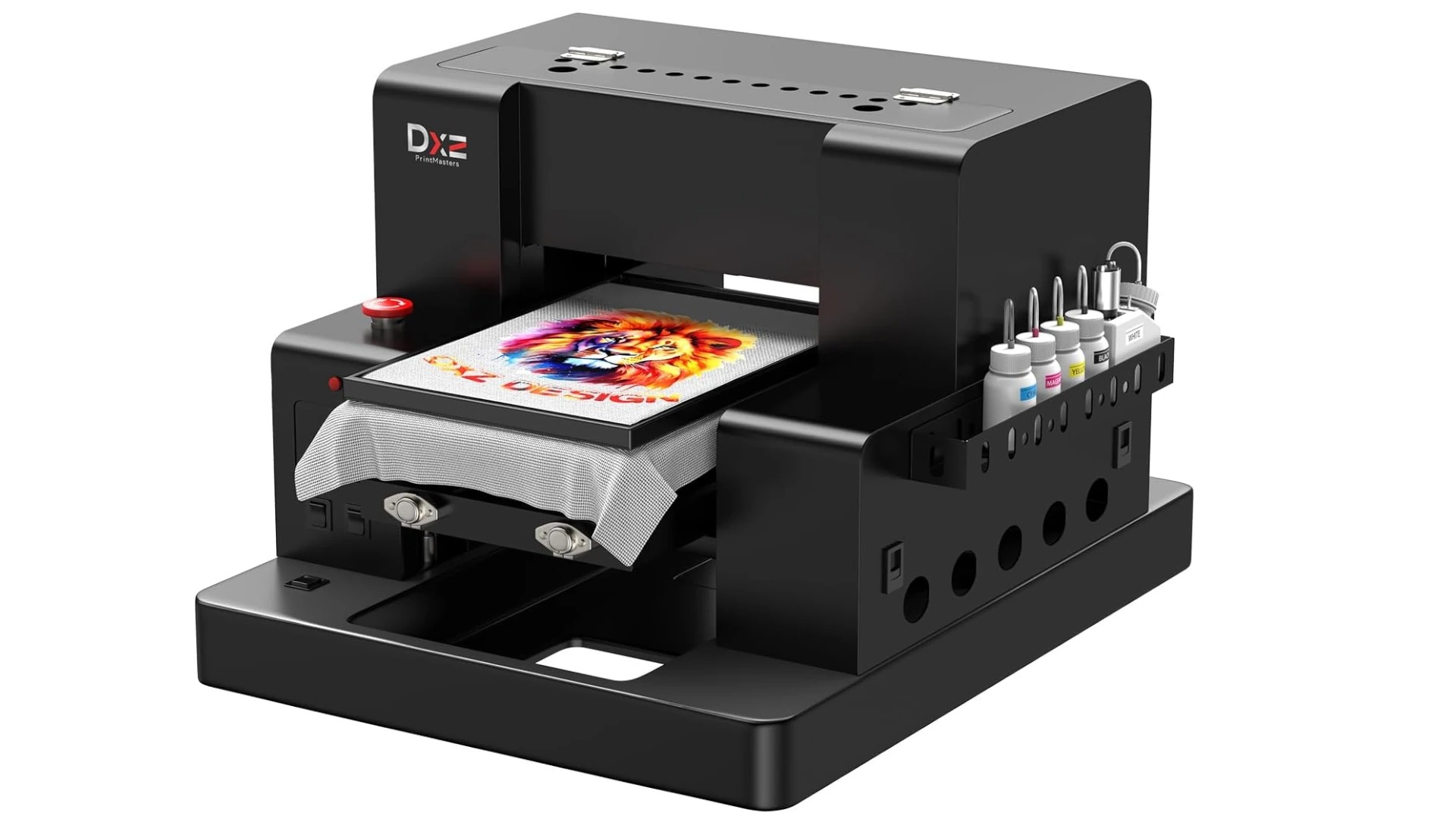In the dynamic world of textile and apparel customization, Direct to Film (DTF) printing has emerged as a groundbreaking technology that bridges quality, versatility, and cost-effectiveness. Unlike traditional printing methods, DTF printing offers a streamlined process for transferring vivid designs onto a wide range of fabrics with minimal limitations. Here’s an in-depth look at dtf printing, how they work, their benefits, and why they’re transforming the custom printing industry.
What is a DTF Printer?
A DTF printer is a specialized printing machine that prints designs directly onto a special film, which is then transferred onto fabric using heat and adhesive powder. This method eliminates the need for pretreatment (as required in DTG—Direct to Garment printing), making the process faster and more efficient.
How DTF Printing Works
The DTF process involves several key steps:
-
Design Creation: The design is prepared using specialized software.
-
Printing: The image is printed onto a PET film using a DTF printer equipped with CMYK and white inks.
-
Powder Application: A hot melt adhesive powder is applied to the printed film while the ink is still wet.
-
Curing: The film is then heated to melt and cure the adhesive powder.
-
Transfer: Using a heat press, the design is transferred from the film onto the desired fabric.
-
Final Curing: A final press ensures the design is permanently adhered to the garment.
Key Benefits of DTF Printing
-
Versatility: DTF prints can be applied to cotton, polyester, blends, leather, and more—making it more flexible than many other printing methods.
-
Vibrant Colors: The use of white ink and full CMYK capabilities allows for bright, detailed prints on both light and dark fabrics.
-
No Pretreatment Required: Unlike DTG, DTF printing doesn’t require pretreating garments, saving time and reducing labor.
-
Durability: DTF transfers are known for their durability, resisting cracking and fading after multiple washes.
-
Cost-Effective for Small Runs: It’s ideal for low-volume or on-demand printing, making it perfect for small businesses and custom orders.
DTF vs. DTG vs. Sublimation
| Feature | DTF Printing | DTG Printing | Sublimation |
|---|---|---|---|
| Fabric Compatibility | Cotton, Polyester, Blends | Mostly Cotton | Polyester Only |
| Color Vibrancy | High (with white ink) | High (on white/light colors) | Very High |
| Pretreatment Needed | No | Yes | No |
| Durability | Excellent | Good | Excellent |
| Setup Cost | Moderate | High | Low to Moderate |
Considerations When Choosing a DTF Printer
When investing in a DTF printer, consider the following factors:
-
Print Speed: Look for printers that offer high output with consistent quality.
-
Ink System: Reliable ink flow and white ink circulation are essential for print quality and printer longevity.
-
Support and Software: Ensure you have access to RIP software and technical support.
-
Heat Press Compatibility: A quality heat press is critical for successful transfers.
Conclusion
DTF printers are reshaping the garment printing landscape by offering a powerful combination of flexibility, affordability, and quality. Whether you are a small business owner, a custom apparel startup, or an established printing service, DTF technology can significantly enhance your capabilities and expand your product offerings.
As the market continues to evolve, DTF printing stands out as one of the most accessible and efficient methods for delivering professional-quality custom apparel.
